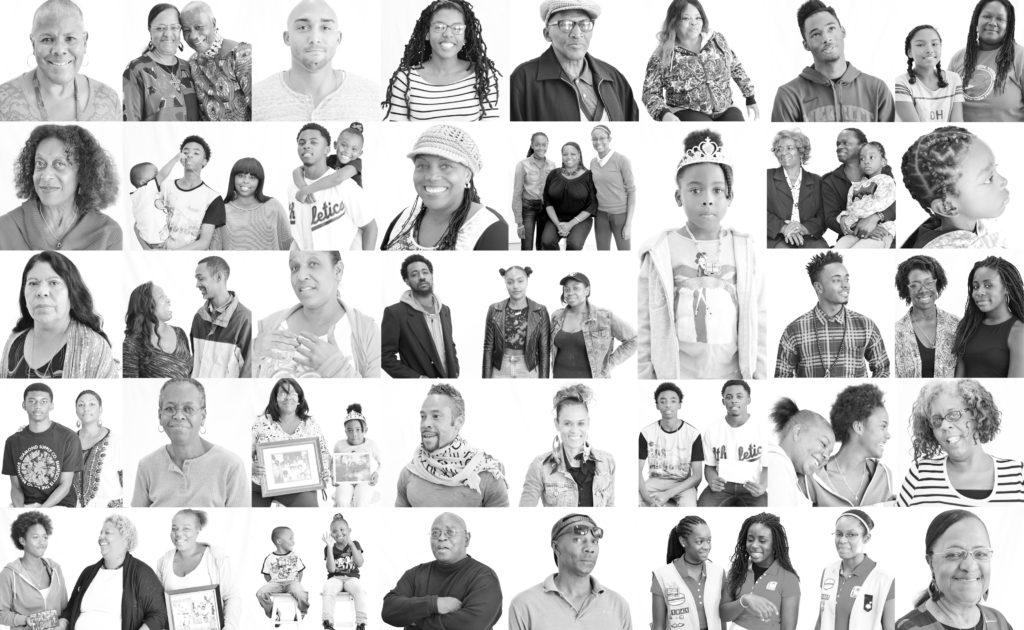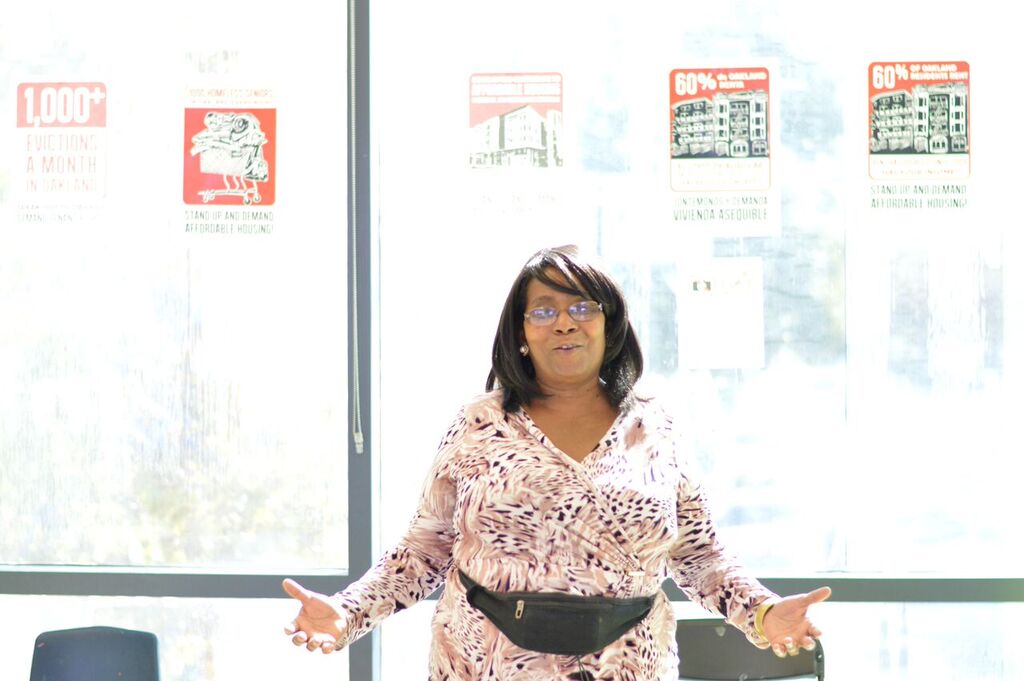Generation of Oakland: The People’s Portrait

In 2015, Generation of Oakland: The People’s Portrait collected the intimate stories of residents of Oakland, California, including families, children, married couples, business owners, church pastors, community organizers, students, and friends.
For generations, Oakland was an urban center that attracted Southern blacks to new beginnings, new dreams, and new lives. Bringing with them their talent, ingenuity, and creativity, they helped to foster the cultural richness that Oakland is famous for. Today a new, unwanted reverse migration—primarily of blacks and other low-income people of color—is taking place in the city due to gentrification.
With a team of volunteers and supporters, the Generation of Oakland project photographed and interviewed longtime residents of Oakland to preserve their multi-generational stories of life in the city. Generation of Oakland offers a snapshot of a very special place at a critical moment in its history; we provide a glimpse into the faithful souls, determined minds, and hopeful hearts of those Oaklanders still standing their ground and thriving, as the city transforms before their eyes during these challenging times.
Generation of Oakland highlights and documents generations of black and brown residents of Oakland through photos and stories. With this project, we attempt to attach real faces and real voices to gentrification and to offer a unique, visual narrative of Oakland.
If you would like to tell your story or help support Generation of Oakland, please visit our contact page.
Generation of Oakland Partners
The Generation of Oakland project was founded by Nia Imara, artist and astrophysicist. It was made possible through the help of many volunteers from a number of Oakland-based organizations, including Communities for a Better Environment, East Oakland Building Healthy Communities, and Merritt College African American Studies. Generation of Oakland also received grants from the Akonadi Foundation and The California Endowment.
Communities for a Better Environment (CBE)
Merritt College African American Studies Department
East Oakland Building Healthy Communities
East Oakland Youth Development Center (EOYDC)
Realities of Oakland in 2016

Oakland is a community of 60% renters. On a monthly basis at least 1,000 Oakland households receive an eviction notice. It has been clear for some time that there are two Oaklands: one for the Haves and one for the Have Nots. To address this inequity, which typically manifests along racial lines, in June 2015, Oakland City Council approved in its 2016 budget the creation of a Department of Race and Equity. There are numerous other campaigns and actions on race and place in Oakland. But with the ongoing displacement, many of Oakland’s black residents, who make up nearly 30% of the city’s population, are not getting their voices heard. Many of the voices at City Council meetings are proxy voices. The human impact of displacement has very specific race and place implications, and Generation of Oakland hopes to raise the visibility and voices of East Oakland residents that are too often marginalized.
A healthy community doesn’t put money over people. It’s not a coincidence that the black and brown communities in Oakland and cities like Oakland disproportionately suffer the impacts of gentrification, unemployment, and a public education system that fails too many young people. Money is certainly coming into Oakland, but people are being pushed out. This is to Oakland’s shame. This is Oakland’s loss. With gentrification, fancy restaurants, pet hotels, and specialty shops are popping everywhere, even while residents who have lived in the city for generations are being forced to move away due to the escalating cost of living. The visual landscape of Oakland is being altered dramatically. Change is inevitable—but if it isn’t always for the better, preserving the stories and images of generations must be intentional.